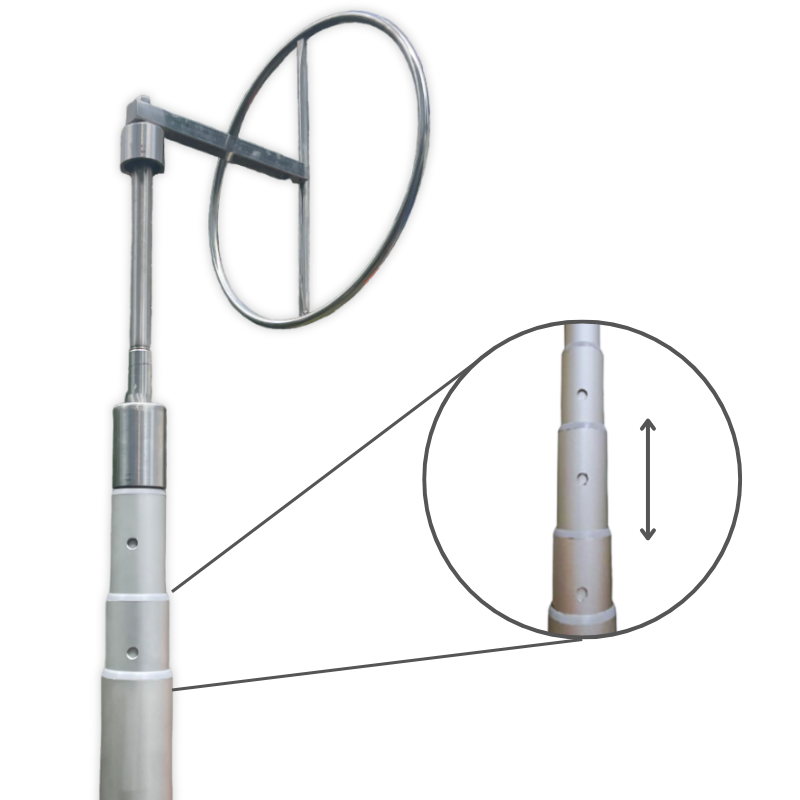How Often Should You Replace Windsocks? Key Insights for Airport Windsocks and Industrial Applications
Windsocks are crucial tools in various settings, from airports to industrial facilities, where they provide vital information about wind direction and speed. However, these seemingly simple devices are exposed to harsh environmental conditions, making regular replacement and maintenance essential. In this article, we’ll explore how often windsocks need to be replaced, the importance of investing in high-quality, heavy-duty options, and why regular monitoring is key to ensuring they remain effective.
1. Replacement Frequency: How Often Do Windsocks Need to Be Replaced?
Windsocks are constantly exposed to the elements, which inevitably leads to wear and tear over time. Depending on the level of UV exposure, wind intensity, and other environmental factors, windsocks generally need to be replaced every 6 to 24 months. Here’s a breakdown of factors influencing replacement frequency:
- UV Exposure: Windsocks installed in areas with high UV radiation, such as airports in sunny regions, may fade and deteriorate more quickly. UV damage can weaken the fabric, making it less effective and less visible. In such environments, windsocks may require replacement as frequently as every 6 to 12 months.
- Wind Exposure: Constant exposure to strong winds can cause the fabric to fray and the seams to weaken, particularly in coastal or open-air industrial settings. In these areas, windsocks might last 12 to 18 months before needing replacement.
- Environmental Conditions: Dust, pollutants, and chemicals present in industrial settings can also degrade windsock material, necessitating more frequent replacements.
2. The Importance of High-Quality, Heavy-Duty Windsocks
While the need for regular replacement is inevitable, choosing high-quality, heavy-duty windsocks can significantly extend their lifespan and reduce overall costs. Here’s why investing in superior windsocks is crucial:
- Durability: High-quality windsocks are made from materials that are more resistant to UV radiation, abrasion, and tearing. This durability means they can withstand harsh conditions longer, reducing the frequency of replacements.
- Cost-Effectiveness: Although premium windsocks may have a higher upfront cost, they save money in the long run. Replacement costs can be expensive, especially when factoring in labor and lift equipment needed to install new windsocks in hard-to-reach locations. A more durable windsock reduces these operational costs over time.
- Enhanced Safety: Airport windsocks, in particular, must be highly visible and accurate. Investing in heavy-duty windsocks ensures they remain reliable indicators of wind conditions, contributing to overall safety.
3. Regular Maintenance and Monitoring: Key to Longevity
To maximize the lifespan of your windsocks and ensure they remain effective, regular maintenance and monitoring are essential. Here are some best practices:
- Routine Inspections: Regularly inspect windsocks for signs of wear, such as fading, fraying, or seam separation. Early detection of damage allows for timely replacements, preventing potential safety hazards.
- Cleaning and Care: In industrial settings, where windsocks may be exposed to dust, chemicals, or other contaminants, periodic cleaning can help maintain their visibility and effectiveness. Follow manufacturer guidelines to avoid damaging the fabric.
- Proactive Replacements: Even with proper maintenance, windsocks will eventually need replacement. Monitor the condition of your windsocks and plan replacements proactively, rather than waiting for them to fail completely. This approach ensures continuous functionality and safety.
4. Conclusion: Ensuring Reliable Performance with Regular Replacement
Windsocks play a critical role in safety and operational efficiency at airports and industrial facilities. To ensure they perform their function effectively, it's essential to replace them regularly—every 6 to 24 months, depending on environmental conditions.
Investing in high-quality, heavy-duty replacement windsocks is a wise decision, as it reduces the frequency and overall cost of replacements, especially when considering the labor and equipment required for installation. By maintaining a routine inspection and replacement schedule, you can ensure that your windsocks remain reliable indicators, contributing to the safety and smooth operation of your site.













